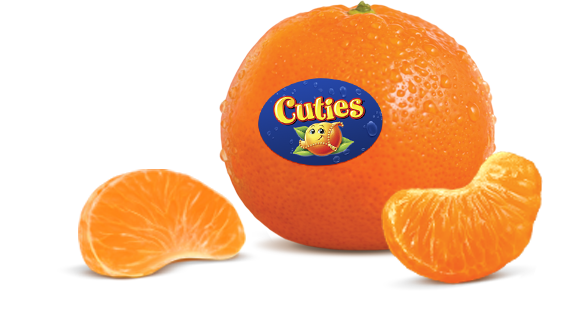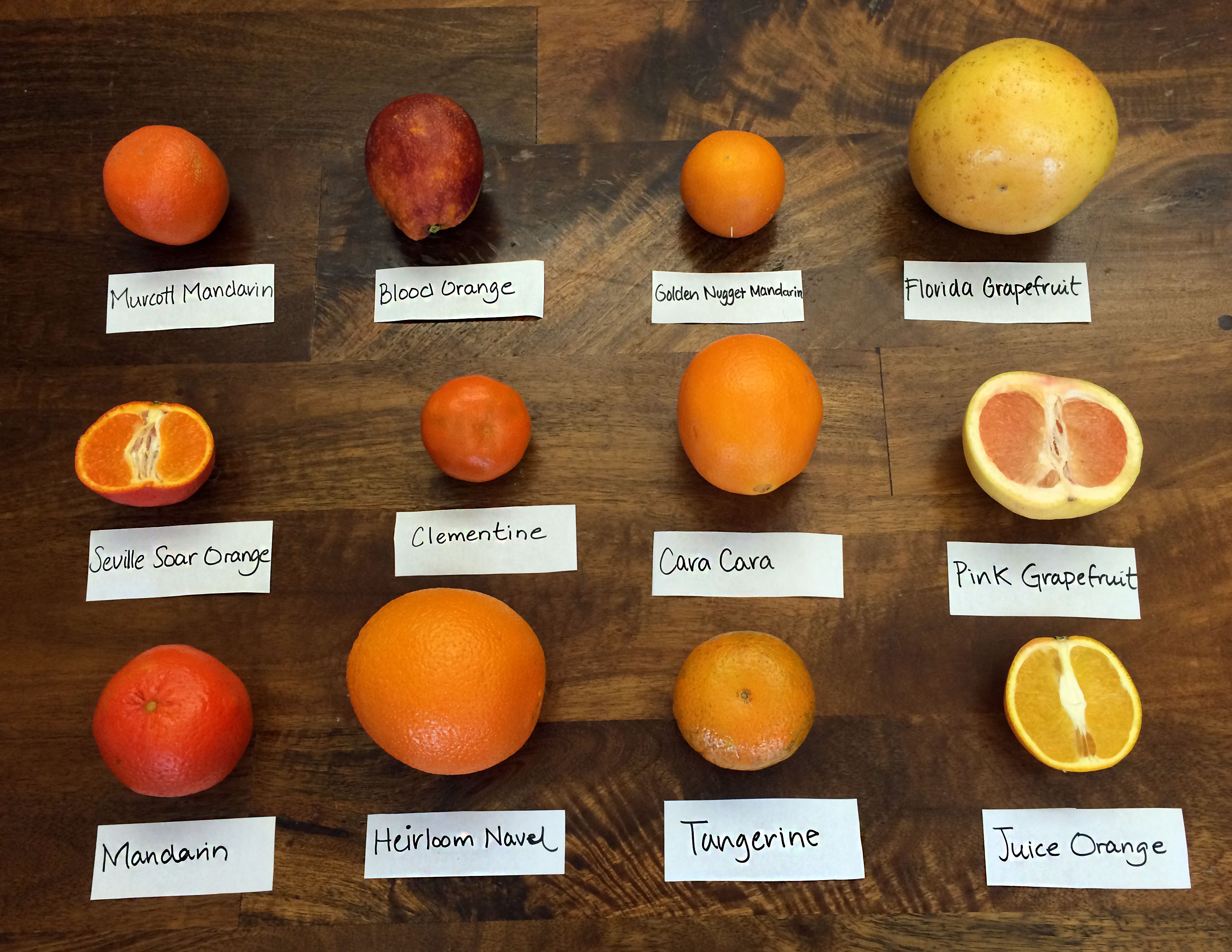
In 2001, the two companies trademarked their fruits as Cuties. So depending on the time of year, the Delites you bought may have been clementines or Murcotts, but they were always sweet, seedless, and easy to peel.īy 1997, two citrus-packing giants in California’s Central Valley, Sun Pacific and Paramount Citrus, began planting Murcotts, clementines, and tangos in their own groves to compete with Mullholland. Because Murcotts only grow best in the spring, however, Mullholland later started growing other varieties of seedless clementines on his farm so he could sell his Delites year-round. Mullholland branded his fruits as Delites, and consumers quickly fell in love. Mullholland replanted his entire farm with this new fruit, which had the botanical name W. In the 1990s, a California citrus farmer named Tom Mullholland found a tangerine variety from Morocco that was seedless, sweet, and easy to peel – the perfect mix to suit the American palette. Pasteurization helps juice last longer, but many belie. The typical processed, concentrated, pasteurized juice from the supermarket that we’re used to just doesn’t compare. If you’ve never had freshly squeezed orange juice, you’re missing out. Oranges were difficult to peel, but the mere fact that they were seedless set them on a level above the seeded alternatives.ĪpFreshly Squeezed Orange Juice at Sam's Club! The tangerines available were full of seeds and therefore less desirable than the seedless, easy-to-eat navel oranges. How did these small, seedless mandarins become America’s favorite citrus fruit? The answer lies in marketing and consumer preferences.įor most of the 1900s, American consumers loved oranges. Tangerines and clementines, for example, are hybrids of mandarins and pomelos.

Mandarins are small, oblate, sweet-tasting citrus fruits that are, in fact, believed to be one of the three botanical ancestors (along with citrons and pomelos) to all the citrus fruits we love today like oranges and grapefruits.

What exactly are these tiny popular fruits, and what’s the difference between the different brands we see in the store?Ĭuties, Halos, and their less recognizable competitors are all seedless mandarins grown in California. Two perfect examples of this phenomenon are Cuties and Halos.

It seems like every year there are different brands and packages of what could, for all we know, just be differently sized and shaped oranges. There are so many different kinds of citrus fruits in our grocery stores today. What really is the difference between Cuties, Halos, Delites, and other mandarins? America has fallen in love with these sweet, seedless, easy-to-peel citrus fruits that go by many names.


 0 kommentar(er)
0 kommentar(er)
